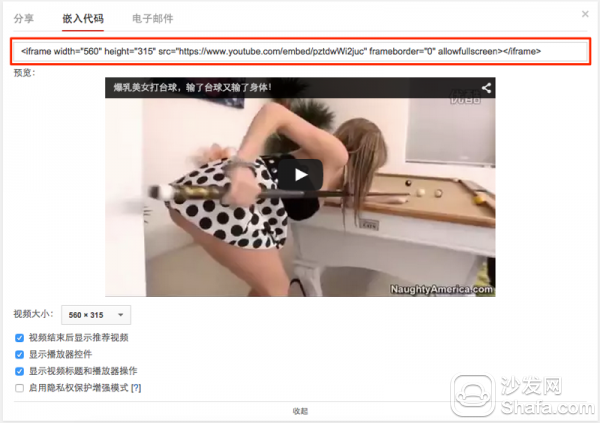
Recently, YouTube Engineering Director Richard Leider wrote that in Chrome, IE11, Safari 8, and beta Firefox browsers, YouTube has adopted HTML5 video technology to play videos by default.
He said that YouTube began experimenting with HTML5 video technology four years ago, when HTML5 lacked support for Adaptive Bitrate (ABR) technology and could not buffer video faster. But now, the technological gap has been filled. "The benefits of HTML 5 are reflected not only in web browsers, but also in smart TVs, TV boxes, and other streaming video terminals."
Several key technologies and abstracts that allow HTML5 video to bridge the gap:
MediaSource Extensions reduce buffering through ABR technology
VP9 video codec More efficient codec technology
Encrypted Media Extensions and Common Encryption Video Copyright Protection
WebRTC live streaming
Fullscreen Full Screen Play
Farewell to object, turn to iframe to embed video


Flash address object
HTML code embed
Universal code iframe
Moreover, Flash has a higher priority. Although iframes are called universal codes, they can be played directly on iPhones and iPads.
Xiaobian believes that YouTube uses HTML5 video technology by default and is a clear signal to say goodbye to Flash plug-in technology. All smart devices that provide streaming media transmission and transmission should be ready for technological upgrades. When all major domestic video sites are aligned with the YouTube weather vane, they will win at the starting line.
Recommended installation sofa butler, download address: http://app.shafa.com/
